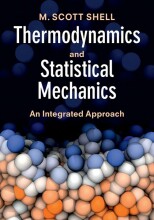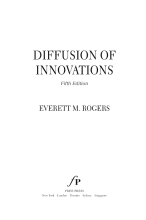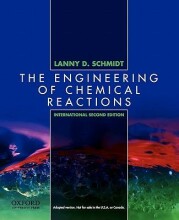Solutions – fundamentals - Ideal solutions
7 important questions on Solutions – fundamentals - Ideal solutions
By what properties is an ideal solution defined?
2. Th ideal entropy of mixing contributes to the total entropy, at constant pressure and temperature.
3. Ideal solutions are a prediction of the behaviour of near pure solutions, with one major component and very small concentrations of other components.
In a lattice mixing model, how is the number of configurations predicted?
A sterling's approximation is applied in the second line.
How can the ideal mixing entropy for a binary mixture be expressed in xA?
with xA the mole fraction of A. and kB the Boltzmann constant.
- Higher grades + faster learning
- Never study anything twice
- 100% sure, 100% understanding
How can the mixing entropy be expressed for a C component mixture?
Which is the same as for ideal gasses.
What do the terms in this  equation represent?
equation represent?
How is the chemical potential of component i after mixing in an ideal solution derived?
The first term on the second line becomes
The right term on the second line becomes
This means that the chemical potential decreases during mixing.
What does  ,from the ideal solution model, in a real system represent at the near-pure limit?
,from the ideal solution model, in a real system represent at the near-pure limit?
When xi --> 0 it gives the chemical potential of a hypothetical state of infinite dilution. It is then dependent on the solvent.
The question on the page originate from the summary of the following study material:
- A unique study and practice tool
- Never study anything twice again
- Get the grades you hope for
- 100% sure, 100% understanding































